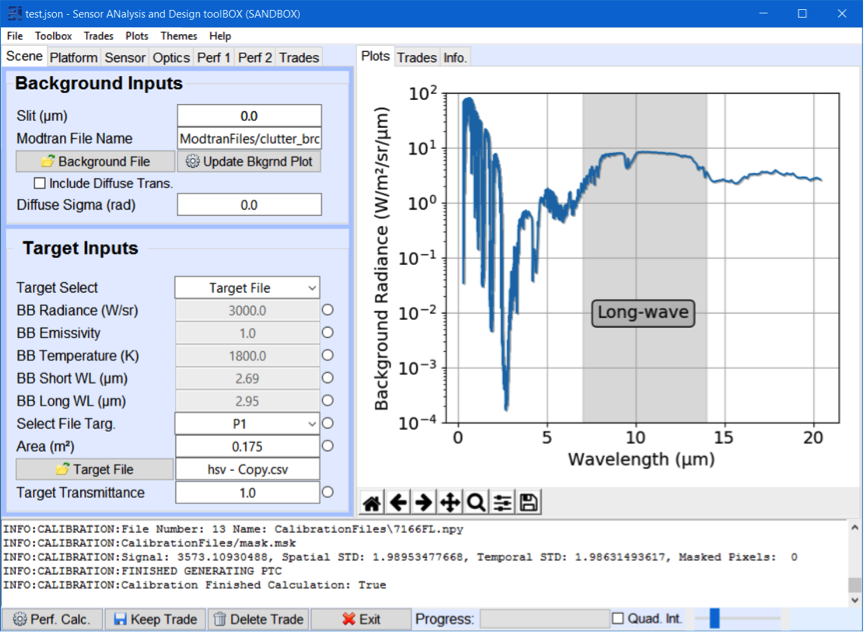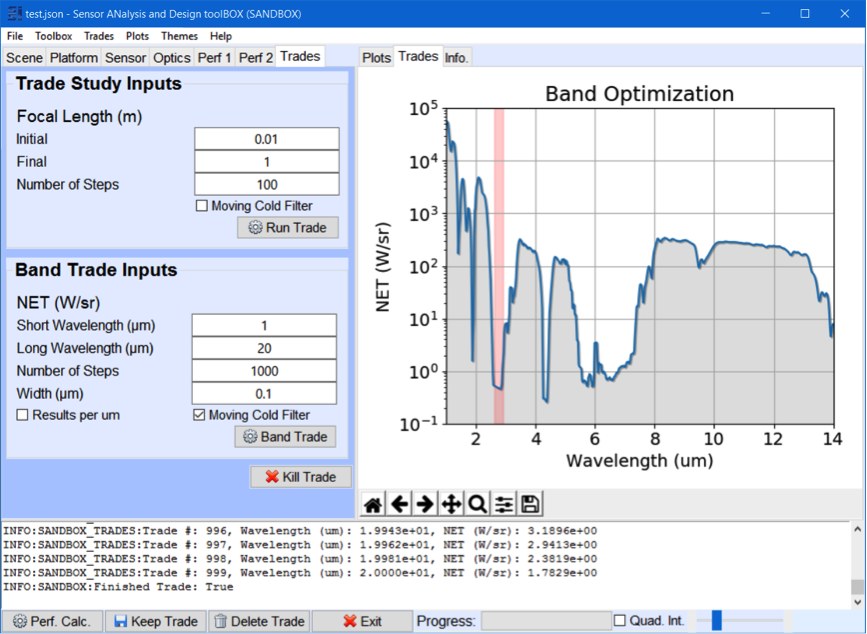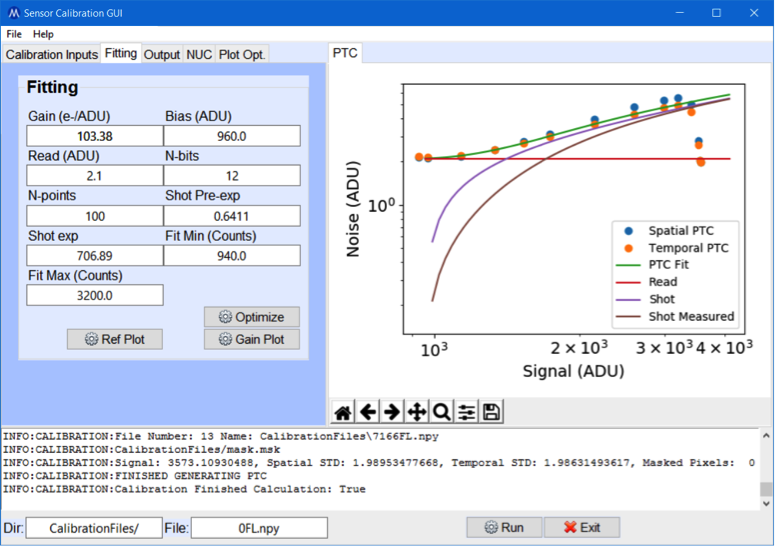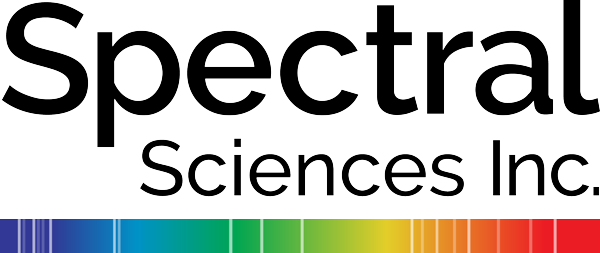Spectral Sciences, Inc. (SSI) offers sensor system specification and calibration services enabling customers to achieve the highest level of performance from the electro-optical imaging systems. SSI has developed a proprietary software package for performing sensor design specification trade studies and calibration called the Sensor ANalysis and Design toolbox (SANDBOX), shown in Figure 1. The SANDBOX enables SSI to very efficiently optimize the performance of remote sensing systems over a wide variate of applications. This is done with sensor calibration, performance estimates, specification trades, and data analysis. The SANDBOX is designed for efficient inclusion of highly specialized systems or scenario requirements through the addition of software toolboxes. SSI performs these services with the support of our laboratory and/or customer generated data. SSI specializes in handling novel problems, research team building, and is always open to forming collaborative partnerships.
System Specification
The SANDBOX is used by SSI personnel to provide services related to optimizing the performance of optical remote sensing systems from the visible through the long-wave. System designs are developed and tested through a series of performance trades. Trades are a series of detailed simulations based on varying elements of the scene, platform, sensor, and optics against performance measures. The trade results for optimizing the spectral band for a target detection system are shown in Figure 2. The SANDBOX can be used to guide development choices for band-pass or hyperspectral imaging systems in cluttered environments over a wide variety of applications including detection of missiles, chemicals, materials, and flames. SSI specializes in combining performance trades with calibration and analysis of imagery to insure the highest level of performance is achieved.
Calibration
The SANDBOX is used by SSI personnel to provide services related to sensor calibration and non-uniformity correction (NUC). The SANDBOX includes statistical calibrations with photon transfer curve fitting and both spatial and temporal non-uniformity correction. Figure 3 shows an example of fitting a photon transfer curve. Analysis results include gain, bias, read noise, dark current, well depth, and modulation lag. SSI provides NUC matrices and pixel exclusion maps for data correction and conversion to radiance units. SSI will also apply NUC to supplied datasets. SSI specializes in applying calibration results to the interpretation of system performance and analysis of imagery.
Imagery Analysis
The SANDBOX is used by SSI personnel to provide services related to imagery analysis. SSI personnel will analyze imagery from laboratory or fielded remote sensing instrumentation using the SANDBOX simulation and analysis capabilities. Imagery may be band pass, multispectral, or hyperspectral. SSI compares expected performance versus delivered performance and calibration results. This enables SSI to further optimize system performance and to isolate and characterize performance limiting features of remote sensing systems. When appropriate, SSI will apply target detection algorithms and characterize detector performance.
SSI specializes in start-to-finish, efficient, collaborative characterization and enhancement of remote sensing systems from theory and modeling to the laboratory, field, and space.



